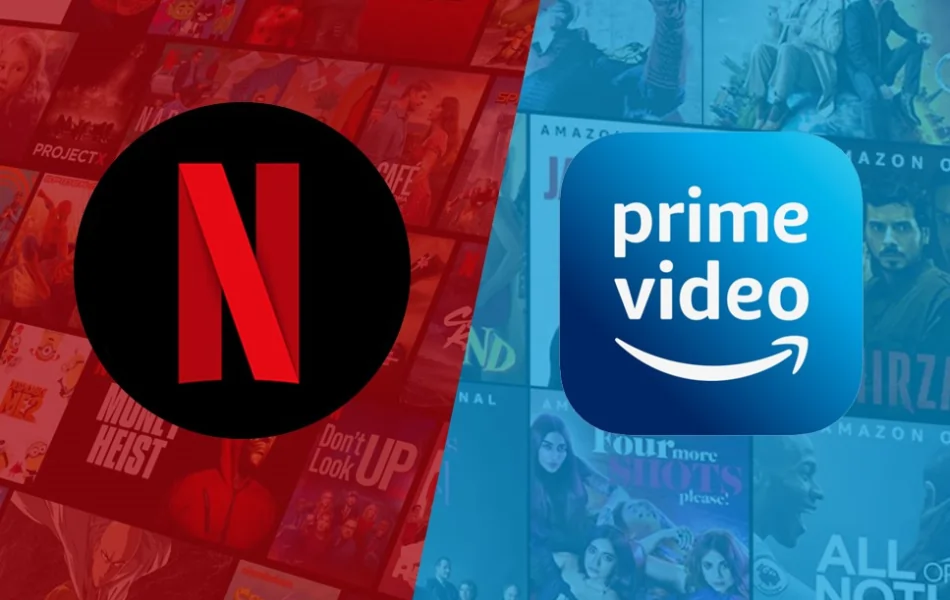
The streaming landscape is undergoing a significant transformation, driven by Amazon's strategic entry into the ad-supported streaming market. This move has not only disrupted existing pricing models but also intensified competition, particularly impacting Netflix, a major player in the industry. As Amazon leverages its vast ecosystem and data capabilities, the ripple effects are being felt across the streaming world.
Amazon made a decisive move by integrating advertisements into its Prime Video service as the default option for its subscribers. This shift has allowed Amazon to tap into a lucrative advertising market, challenging traditional streaming giants like Netflix and Disney. By making ad-supported viewing the default choice, Amazon has effectively converted a significant portion of its subscriber base to this model, thereby increasing its reach and appeal to advertisers.
Amazon's strategy is not just about introducing ads; it's about leveraging its extensive retail data and Prime ecosystem to offer advertisers robust targeting capabilities. This approach has positioned Amazon as a formidable player in the streaming ad market, creating a new benchmark for competitors.
Netflix, once synonymous with ad-free streaming, has had to recalibrate its strategy in response to Amazon's aggressive entry. Historically, Netflix resisted advertisements, positioning itself as a premium service free from commercial interruptions. However, the competitive pressure from Amazon has forced Netflix to reconsider its stance.
To remain competitive, Netflix has reduced its cost-per-thousand-impressions (CPMs) for advertisers, bringing them down from $39-$45 to approximately $29-$35. This price adjustment is a direct response to Amazon's lower ad rates, which have made it challenging for Netflix to maintain its previous pricing structure.
Moreover, Netflix is exploring new avenues such as product placements and brand partnerships to diversify its advertising offerings. These initiatives are designed to attract a broader range of advertisers and provide more value to existing partners.
The entry of Amazon into the ad-supported streaming market has catalyzed a broader industry shift towards brand partnerships and product placements. Streaming platforms are increasingly collaborating with brands to integrate products into content seamlessly. This trend reflects a growing demand from brands to be part of the cultural zeitgeist, leveraging popular shows and movies to reach audiences effectively.
As the streaming industry evolves, the role of technology in advertising is becoming more pronounced. Companies like Amazon, with their extensive data capabilities, are well-positioned to lead this transformation. By offering advertisers detailed insights on consumer behavior and preferences, these platforms can deliver more effective and engaging ad experiences.
Netflix, the challenge lies in balancing its brand identity as a premium service with the need to embrace advertising. While it has made strides in reducing ad costs and exploring new advertising formats, the path forward will require continued innovation and adaptation.
The streaming ad market is entering a new era characterized by increased competition and collaboration. Amazon's bold move has not only disrupted existing models but also set the stage for future innovations in advertising. As Netflix and other players adapt to this new reality, the focus will be on leveraging technology and partnerships to deliver value to both consumers and advertisers.






